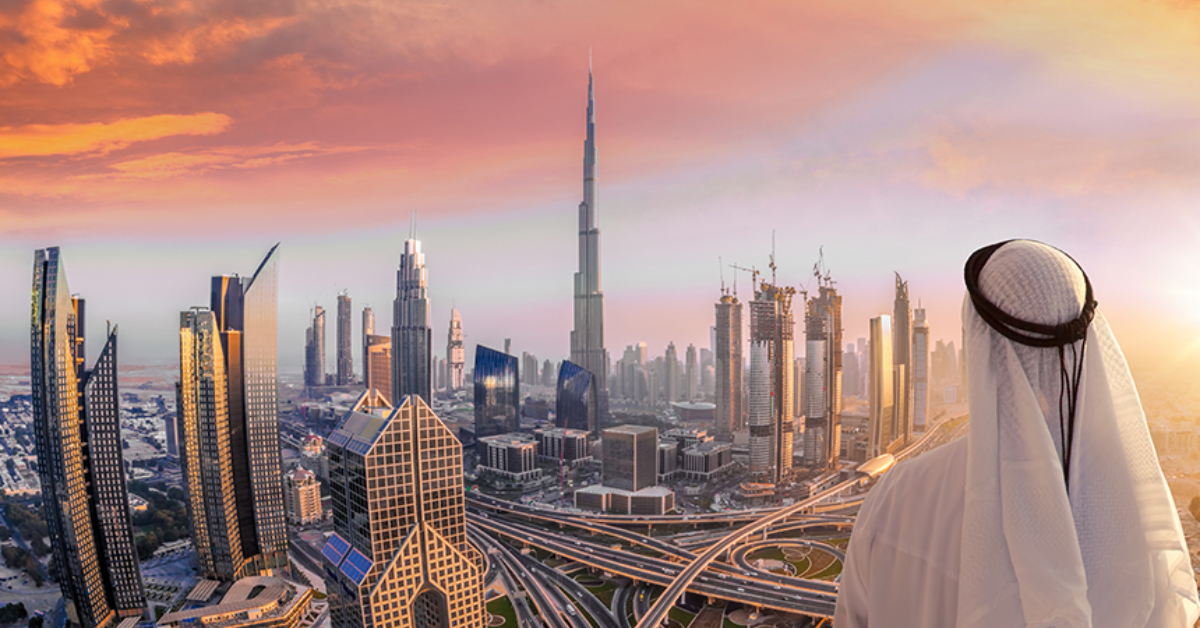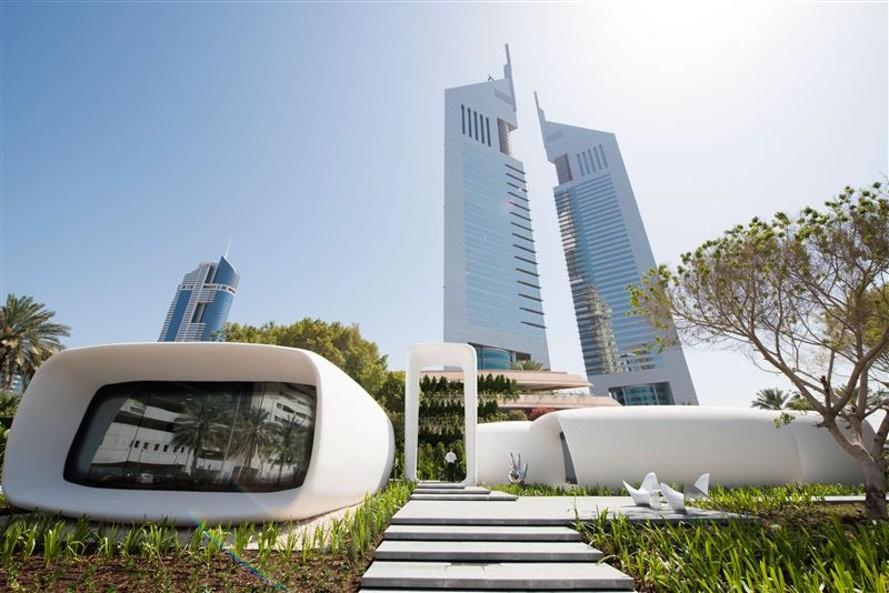
Top Industries
Quick Links
Subscribe Now
Join Thousands of Industry Leaders!
Copyright © 2025 Companies in UAE. All rights reserved.
March 24, 2025
companies.uae

Dubai’s government has recognized the potential of 3D printing and launched the Dubai 3D Printing Strategy, aiming to make 25% of new buildings 3D-printed by 2030. This initiative aligns with Dubai’s vision of integrating technology to create a sustainable and highly efficient construction sector. 3D printing reduces material waste, lowers labor costs, and significantly speeds up the construction process, making it a key driver in the city’s ambitious urban expansion plans.
This two-story administrative building was constructed using Apis Cor’s technology, showcasing the feasibility of large-scale 3D printing. The project reduced construction costs by 30% and demonstrated how entire office spaces can be built in record time.
CyBe Construction collaborated with Dubai to build the world’s first 3D-printed drone research facility. The lab serves as an innovation hub for drones and robotic technology, aligning with Dubai’s goal to become a global leader in automation and AI-driven construction.
Dubai Municipality has been actively using 3D printing for public infrastructure, including bus stops, benches, bridges, and decorative facades. These structures are not only aesthetically appealing but also sustainable, reducing material waste by up to 60%.
3D printing can reduce construction time by over 50%, enabling projects to be completed in weeks instead of months.
With automation and reduced labor requirements, construction costs drop by 20-30%, making it an affordable solution.
Traditional construction methods generate tons of waste, whereas 3D printing uses only the necessary materials, cutting waste by 30-60%.
3D printing allows for the creation of complex geometries and unique architectural designs that would be difficult to achieve with conventional methods.
While 3D printing in construction is promising, it faces challenges such as:
However, with Dubai’s strong government support, technological advancements, and private sector investments, 3D printing is expected to dominate the construction sector in the coming years. By 2030, Dubai aims to have over a quarter of its buildings constructed using this technology, setting a global benchmark for innovation in the industry.
If you’re looking for innovative construction solutions, these companies are leading the charge, shaping the future of urban development with cutting-edge 3D printing technology.

Join Thousands of Industry Leaders!
Copyright © 2025 Companies in UAE. All rights reserved.